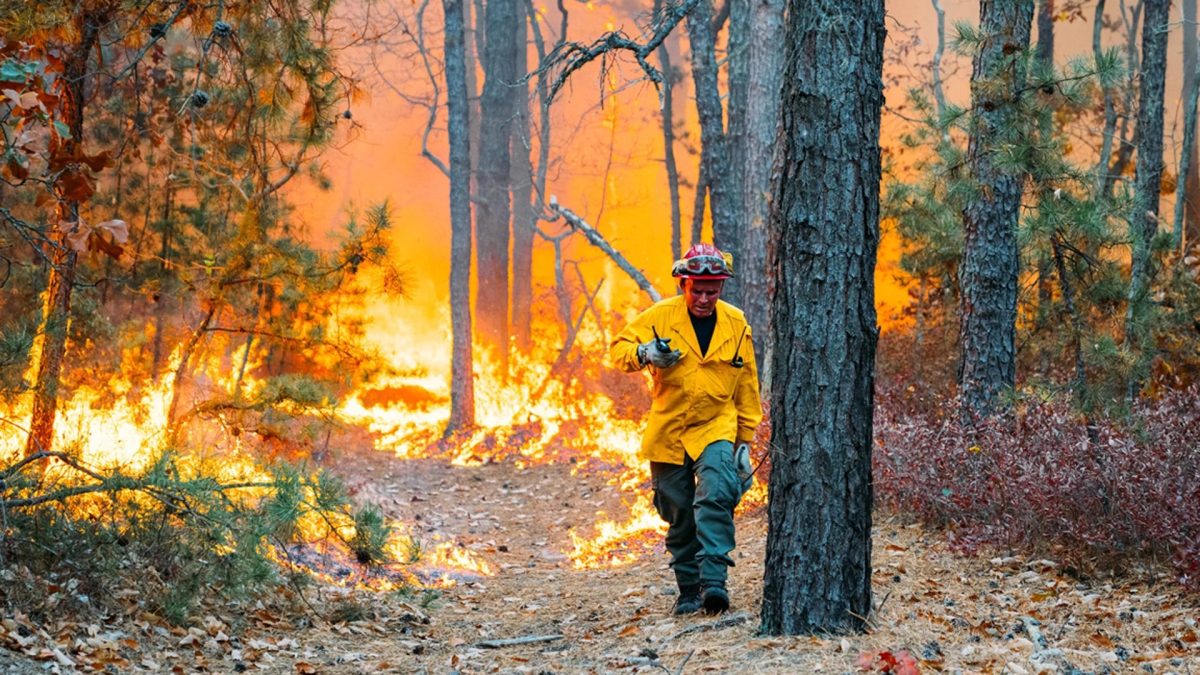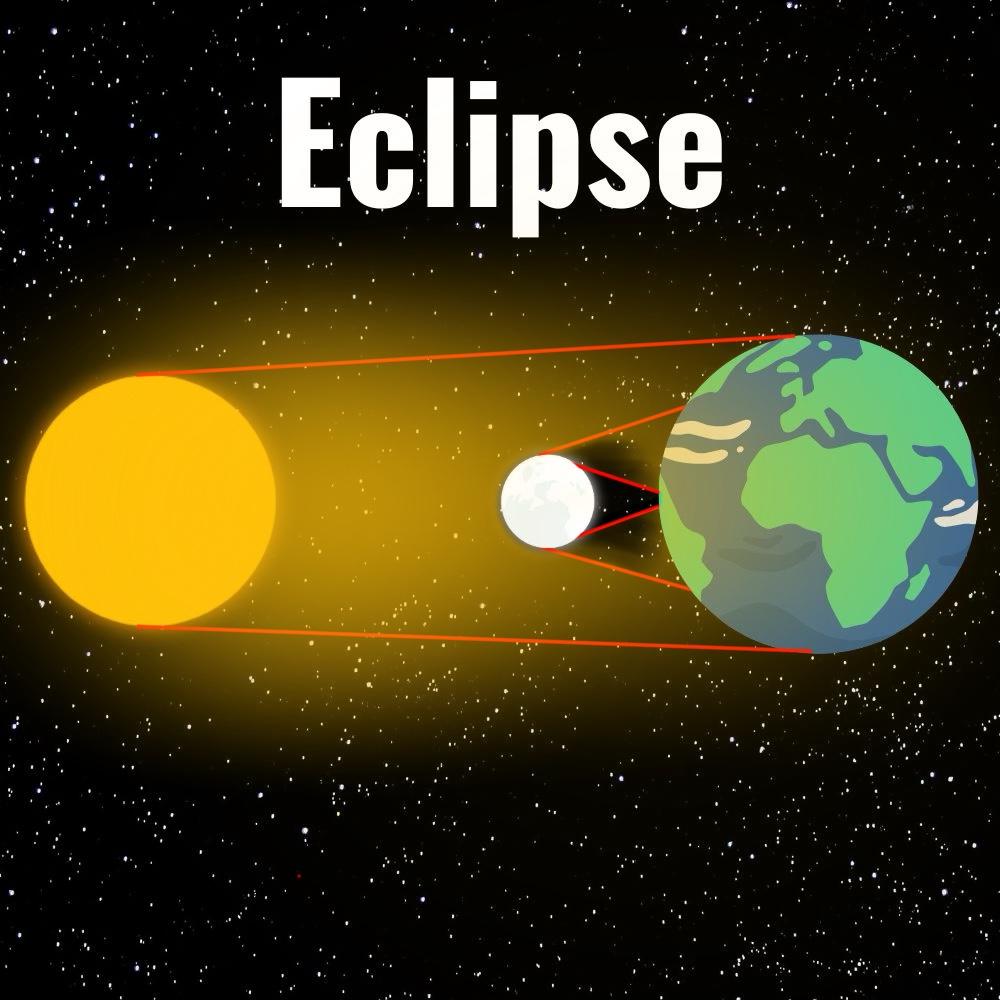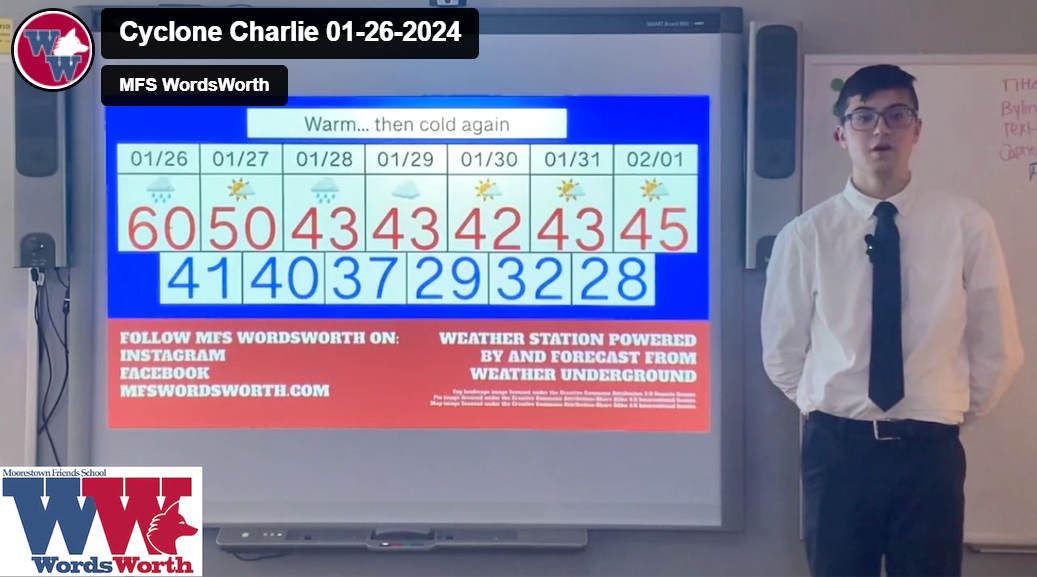Lately, good weather has been inconsistent and short-lived. Cloudiness and rain quell bouts of heat, and within a short period of time, sunniness and warmth returns. There is an explanation: El Niño, a meteorological phenomenon caused by the warming stage of the multi-year warming and cooling cycle of the Pacific Ocean. On June 8, 2023, the National Oceanic and Atmospheric Administration (NOAA) declared the presence of El Niño for the remainder of 2023. We are now getting closer to feeling the effects of its temporary control on our climate.
For the past three years, the Tri-State area has been affected by El Niño’s inverse, La Niña. During La Niña’s most recent duration between 2020 and 2022, many people living in the Tri-State area may have noticed La Niña bringing cooler-than-average temperatures in December each year. The fierce, cold grip of La Niña reached its climax on December 24, 2022, logging a maximum air temperature of only 15 degrees F with strong Western winds plummeting the wind chill, according to the MFS weather station (located by the sidewalk between the oval and the bus pad). Air temperatures peaked at 59 degrees F the day before at 2:30 AM and stayed relatively warm until the warmth broke just before 11:00 AM, leading to snow in the early afternoon. By midnight, the air temperature had dropped by more than fifty degrees and took days to recover.
However, El Niño looks very different from its opposite climate pattern. Just seven years ago, on December 24, 2015, during El Niño, the air temperature peaked at 71 degrees F, twenty-nine degrees above normal high temperatures for that part of December, at the South Jersey Regional Airport’s weather station (SJRA), one of the closest major weather stations to the MFS Campus. That same year, the SJRA’s weather station registered a maximum air temperature of at least 70 degrees F on December 12, 13, and 14.

Unlike the strong temperature swings brought by La Niña, in the Mid-Atlantic, El Niño stabilizes daily temperatures as well. A typical effect of a strong El Niño is fewer cold days. In December 2015, every day reached a maximum temperature of at least 40 degrees F, and the coldest night only reached 25 degrees F. On average, each day peaked at 57.4 degrees F. In comparison to December 2022, the coldest night reached a freezing 7 degrees F (on the morning of the aforementioned coldest day), and on average, each day reached a maximum of 46.0 degrees F.
In Moorestown, a high temperature of 57.4 degrees F is normal for mid-November or the end of March. If this year’s El Niño has a similar intensity to El Niño seven years ago, we can expect something close. This figure of an average of 57.4 degrees F is also significant because the second warmest December, in 2011, had an average high temperature of 51.7 degrees F. If the predicted intensity holds true, some local effects are a decrease in snowfall – likely meaning no snow days – and a longer autumnal growing season.
One last common effect on the Mid-Atlantic is increased precipitation. 4.18” of rain fell throughout December 2015, which was almost half an inch more than normal. During La Niña in the last three years, rainfall totals averaged 3.04” between December 2020, December 2021, and December 2022. Although autumn is just beginning, much of southern New Jersey is under a coastal flood threat, according to a recent tweet from the National Weather Service’s Mount Holly branch.
So, what can we expect this winter? The NOAA predicts that El Niño will be most likely moderately intense once again, so the effects listed above may apply this winter season. Even though the warm air will return soon, we may still feel some warmth through the end of December. Our climate may start to look more like that of the 2022-2023 winter season on the west coast in southern California over three thousand miles away.
References
Brown, L. (n.d.). El Niño in the Mid-Atlantic: What does it mean for us? Retrieved September 26, 2023, from weather.gov/media/akq/miscNEWS/ENSO_CPC_Presentation.pdf
Additional credit given to Accuweather’s display of NOAA data for SJRA in December 2015 and December 2022 and Los Angeles in the 2022-2023 winter season.








